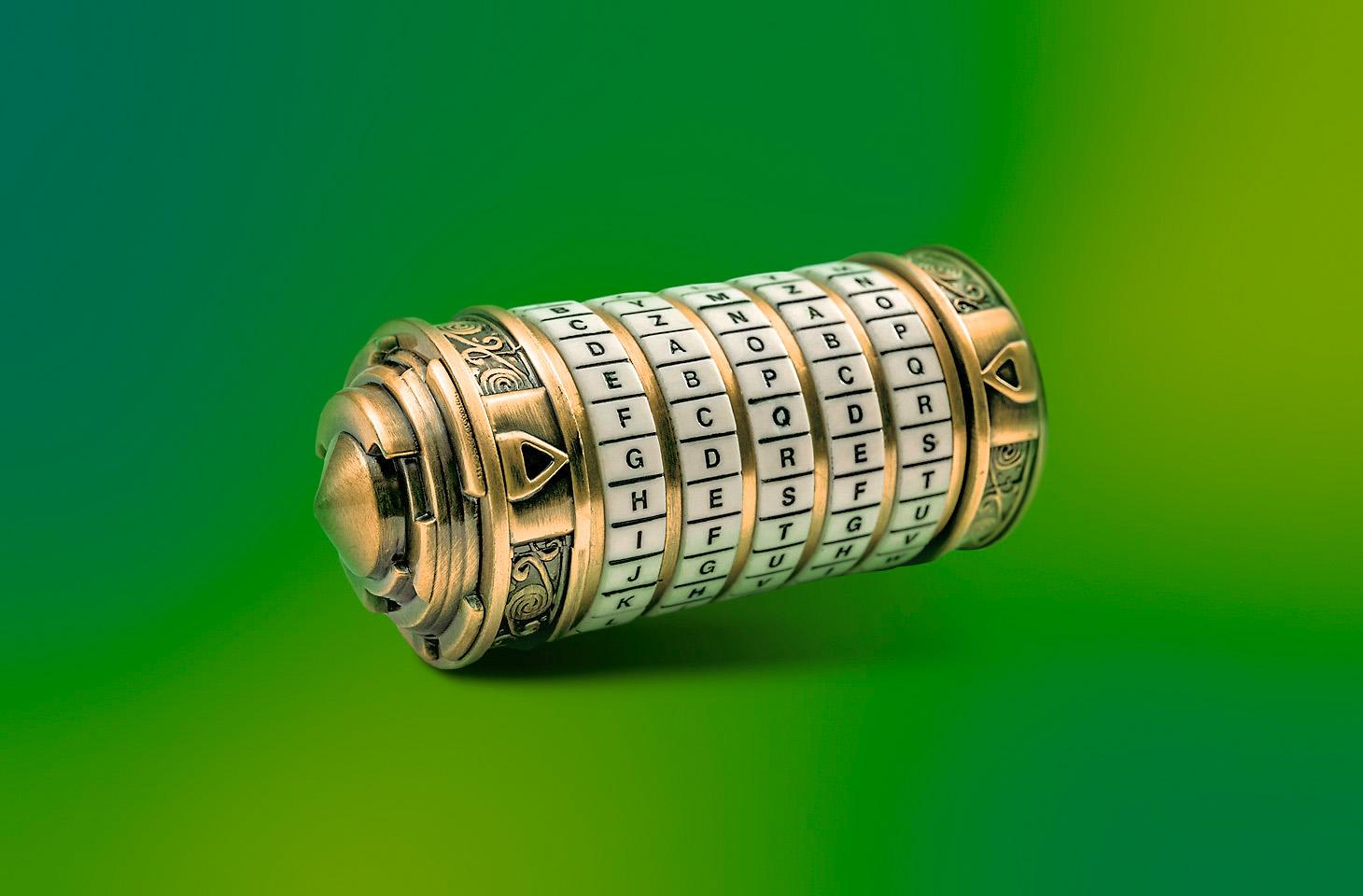What to do if you’ve clicked on a phishing link or talked to scammers | Kaspersky official blog

Credit to Author: Stan Kaminsky| Date: Tue, 10 Oct 2023 10:29:50 +0000
How to check if you've been hacked after a phishing or fraud attempt
Read MoreRSS Reader for Computer Security Articles

Credit to Author: Stan Kaminsky| Date: Tue, 10 Oct 2023 10:29:50 +0000
How to check if you've been hacked after a phishing or fraud attempt
Read More
Credit to Author: Alanna Titterington| Date: Tue, 26 Sep 2023 16:22:14 +0000
How to store your user passwords to prevent their leakage and subsequent use by attackers — even in the event of a successful hack.
Read More
Credit to Author: Stan Kaminsky| Date: Tue, 22 Aug 2023 16:30:08 +0000
What systems do departing employees most often retain access to, and how to protect them from data leaks?
Read More
Credit to Author: Kaspersky Team| Date: Mon, 21 Aug 2023 17:19:45 +0000
Kaspersky Password Manager now features a built-in one-time code generator for two-factor authentication in other services and applications.
Read More
Credit to Author: Natalya Zakuskina| Date: Tue, 15 Aug 2023 07:00:03 +0000
Why you should store passwords in a separate password manager, and not in your browser.
Read More
Credit to Author: Stan Kaminsky| Date: Wed, 09 Aug 2023 09:10:17 +0000
Why uncleared Wi-Fi settings in discarded gadgets are dangerous, and how to protect your Wi-Fi network from attacks.
Read More
Credit to Author: Alanna Titterington| Date: Tue, 01 Aug 2023 12:43:16 +0000
Some of the most high-profile hacks of recent years made possible by social engineering methods.
Read More
Credit to Author: Stan Kaminsky| Date: Thu, 20 Jul 2023 17:48:42 +0000
Basic measures to protect against hacking and improve business cyber-resilience.
Read More